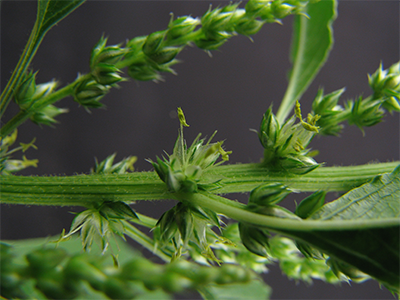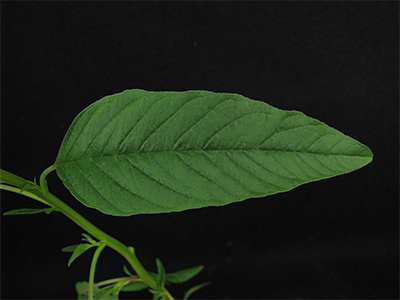Waterhemp is a growing problem for Canadian soybean growers. Often mistaken for redroot or green pigweed, which isn’t surprising since they are all part of the Amaranthus family, common waterhemp has distinctively narrower leaves than those two cousins, and tends to be less hairy, almost smooth in fact.
In 2022, waterhemp biotypes with five-way resistance were documented in four counties in southwest Ontario. Further, throughout the province’s soybean region, waterhemp with three- and four-way resistance is the norm.1
It doesn’t help that the herbicide groups involved (2, 5, 9, 14 and 27) are big hitters, real cornerstones of weed management for corn and soybean growers. And it’s worth noting that, while not in Canada now, Group 4 resistant waterhemp has been found in the United States.2
So why is this happening? There are three main reasons waterhemp is so good at protecting itself against herbicides:
- Powerhouse seed production. In a competitive crop environment, one waterhemp plant can produce about 250,000 seeds and, in a non-competitive environment it can produce over a million seeds.
- Genetic diversity. Waterhemp requires both male and female parent plants for reproduction (as opposed to self-pollination), which leads to genetic diversity among offspring. That diversity gives waterhemp better odds when it comes to surviving herbicide actives.
- Competitive nature. Waterhemp seeds germinate all season long and seedlings grow fast – up to three centimetres per day – giving them greater capacity to outgrow in-crop herbicide treatments.
A two-pass weed control plan is essential for effective waterhemp management. Early weed removal is key to getting the crop ahead of the weed, and in-crop herbicides are necessary to keep late flushes at bay. Waterhemp adapts fast, so ensure you use multiple modes-of-action (MMOA) principles when choosing your herbicides.










